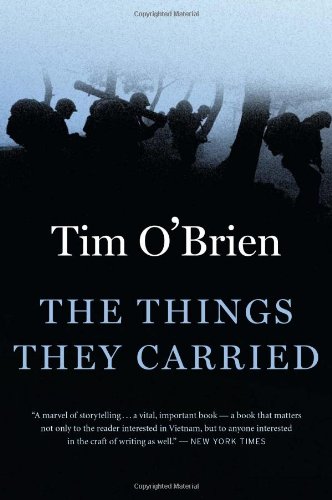Military Acronyms
AO-
Administration Officer
RRVN-
Army of the Republic of South Vietnam
AWOL-Absent
without leave
CID
– Criminal Investigation Unit
CO
– Commanding Officer
DZ
– Demilitarizes Zone (either side of the 17th parallel)
KIA – Killed In Action
LT
- Lieutenant
LZ
– Landing Zone
MP
– Military Police
NCO
– Non-commissioned Officer
NVA
– North Vietnamese Army
PFC
– Private First Class
RF
– Reserve Force
R&R
– Rest and Recuperation
RTO
– Radio/Telecommunication Officer
SOP
– Standard Operation Procedure
VC
- Vietcong
USO
– United Service Organization
The Things They Carried
Misc. Terms
Boonies – rural country or jungle
Claymores – explosive mines activated by a remote
Dustoff – helicopter lift off or evacuation
Green Berets – elite US Special Forces nicknamed by their dress
Napalm – soap of fatty acids that, when mixed with
gasoline, makes a jelly used in bombs and flam-throwers
Platoon – a subdivision of a company of troops, two or more
squads or sections commanded by a lieutenant
Vietcong – Vietnamese belonging to the (communist) National
Liberation Front of South Vietnam
 Read Speaking of Courage and Notes:
Read Speaking of Courage and Notes:

